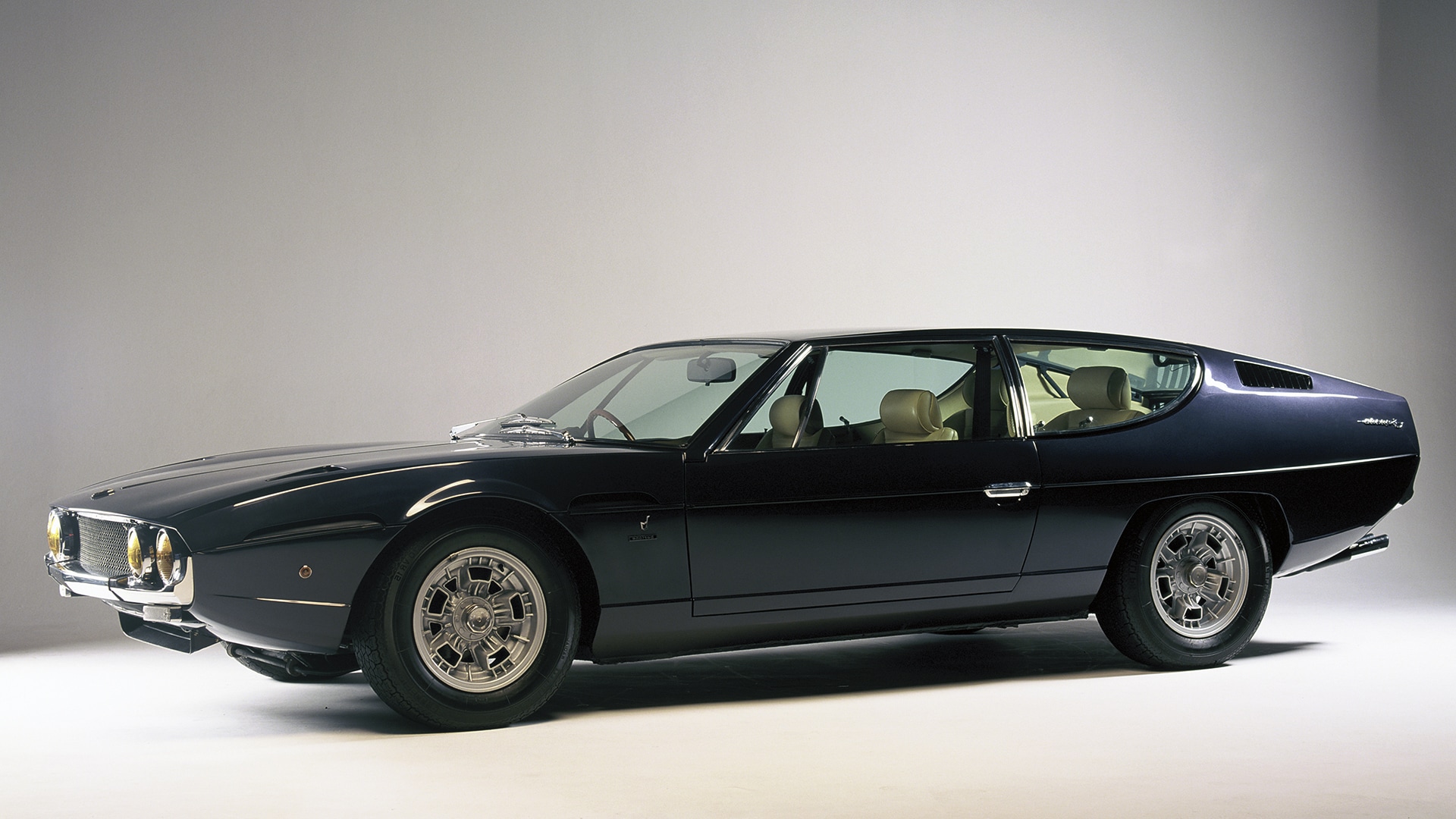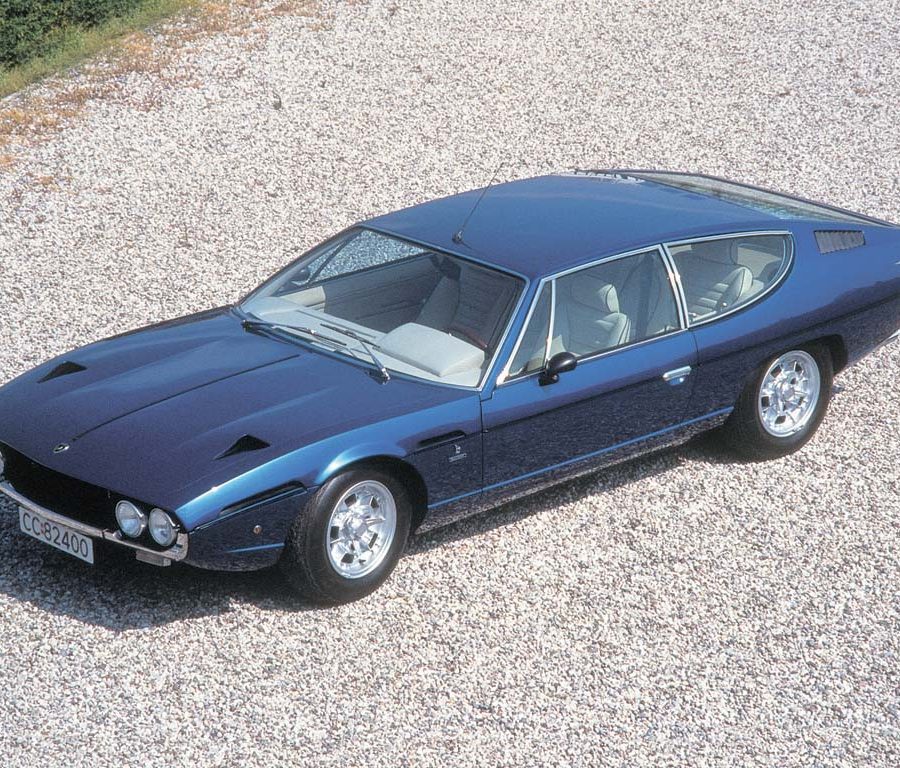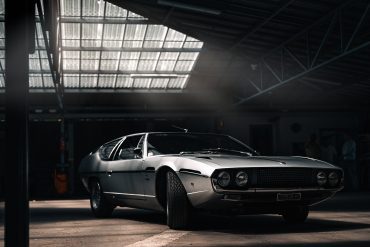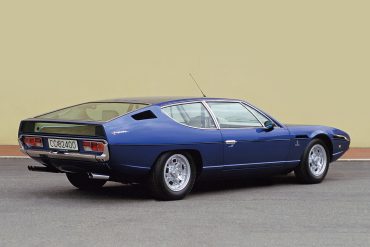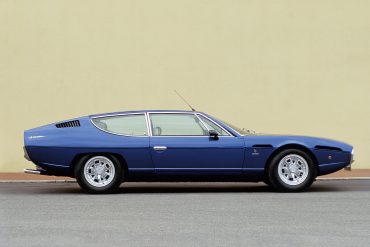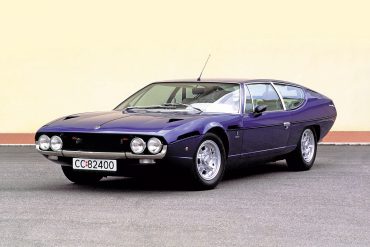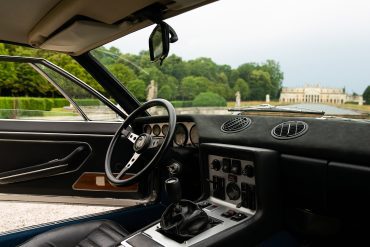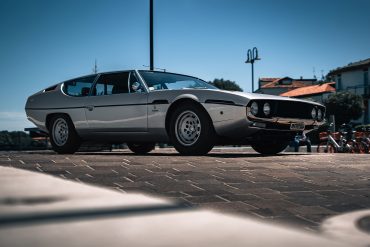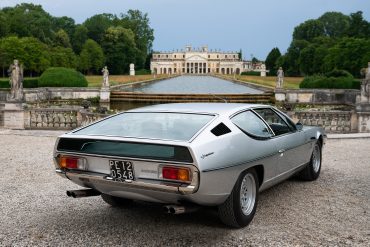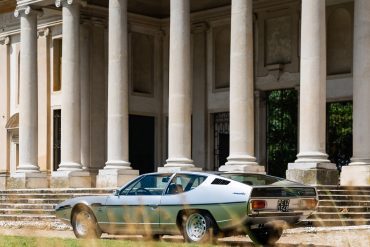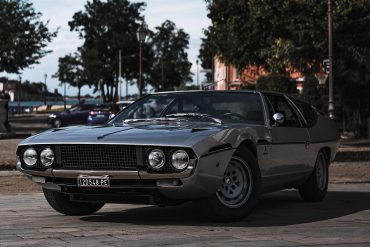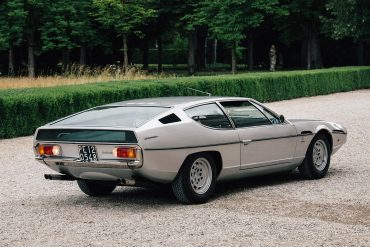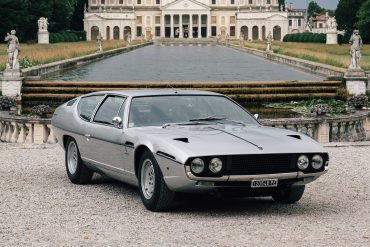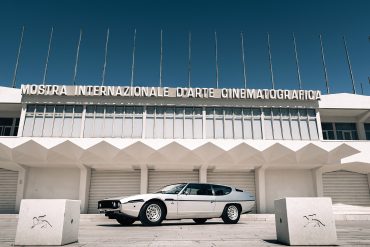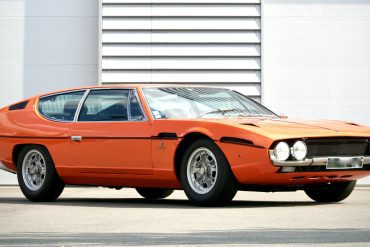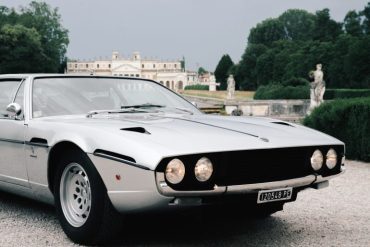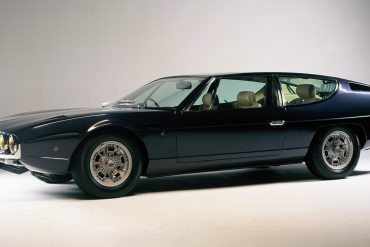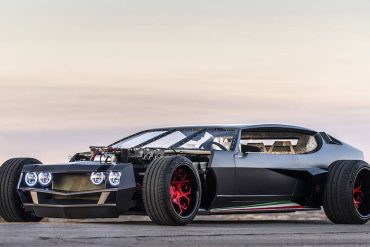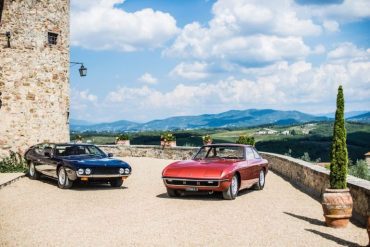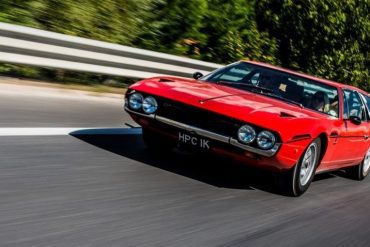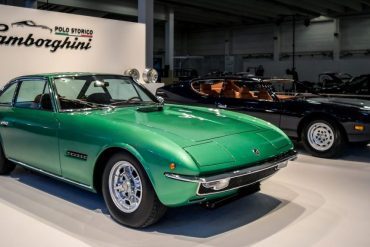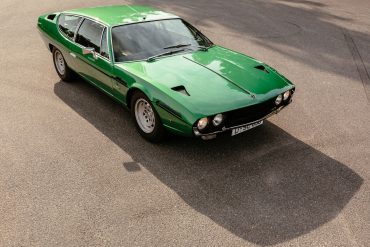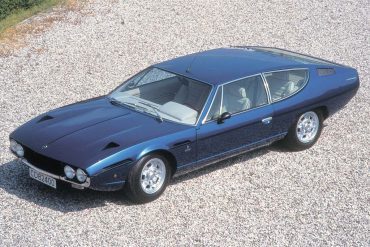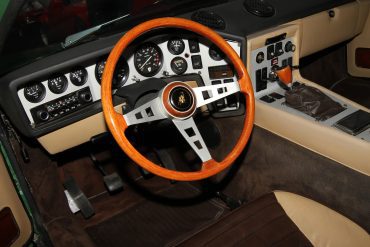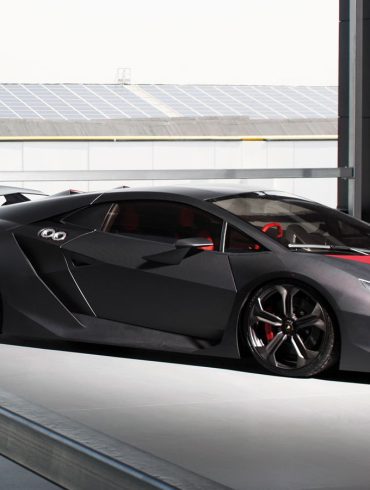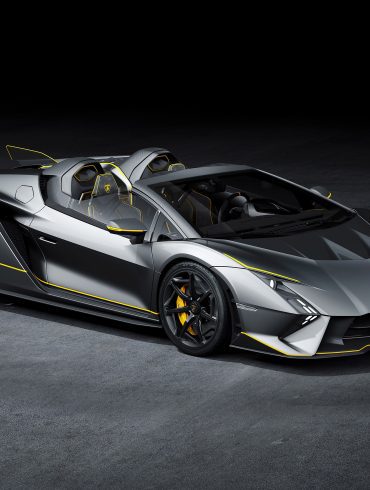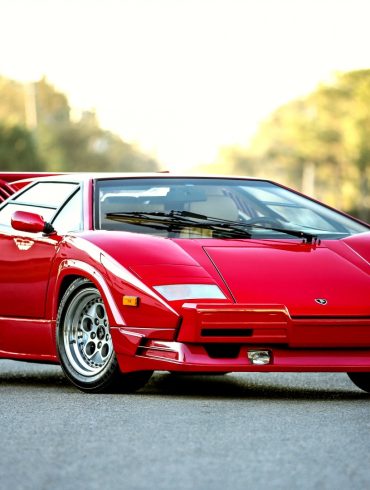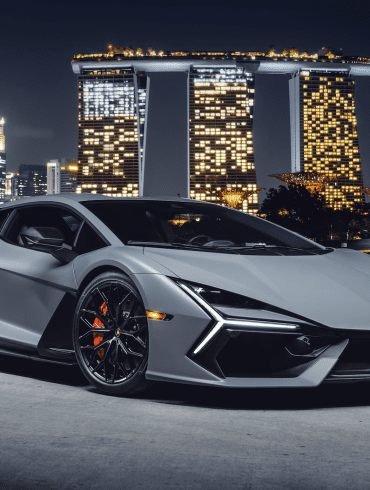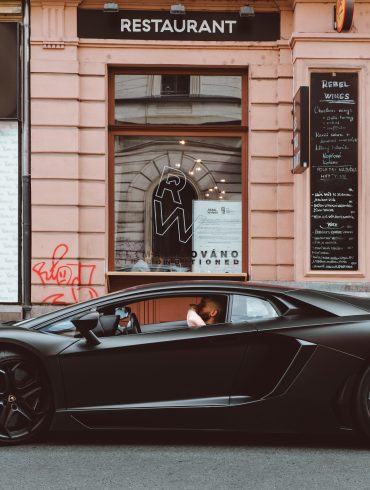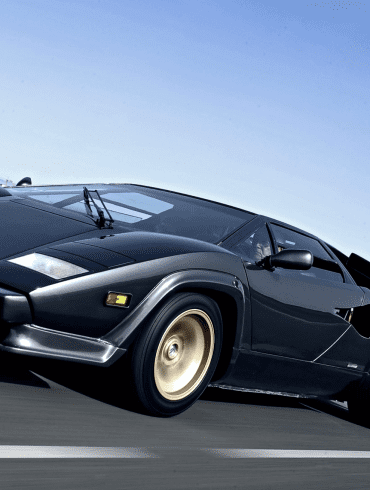1968 Lamborghini Espada 400 The Lamborghini Espada 400 was a four-seat GT made f0r 10 years starting in 1968. It sold alongside the amazing Lamborghini Miura. The Espada 400 car was designed by Marcello Gandini at Bertone. The original design of the dashboard was inspired by the Marzal concept car. It used a...
Lamborghini Espada
Bold & Unconventional Four-Seater
1968 - 1978
The Lamborghini Espada was unveiled at the 1968 Geneva Auto Show, after Ferruccio Lamborghini demanded the creation of a proper four-seater. During its ten-year production, the Espada received several modifications. While the engine and the interior were changed with each series, the exterior design remained almost untouched. The Espada was the brand's bestseller from 1968 to 1978.
Overview / Featured / Variants / Models In-Depth / Specs / Image Gallery / More Updates
Overview
Lamborghini's creations are more than just vehicles; they are rolling pieces of art. Among their illustrious lineup, the Lamborghini Espada holds a special place, embodying a unique blend of grand touring comfort and the brand's iconic performance. Let's delve into the world of the Espada, exploring its history, design, and enduring legacy.
The Lamborghini Espada was introduced in 1968, at a time when the automotive world was keen on blending speed with luxury. The Espada was Lamborghini's foray into the grand touring segment, offering a car that combined high-speed performance with the practicality of a four-seater configuration. Designed by the famed Marcello Gandini at Bertone, the car's design was nothing short of revolutionary, showcasing a sleek, elongated front end and a fastback rear that exuded both elegance and aggression.
The Espada's design is a testament to the innovative spirit of the late 1960s. Its silhouette was a departure from the conventional, embracing a more avant-garde approach that emphasized its grand touring ethos. The car featured a low, flat roofline, strikingly angular headlights, and a distinctive glasshouse that offered panoramic visibility. Inside, the Espada was just as impressive, with a luxuriously appointed cabin that boasted leather upholstery, wood trim, and an array of advanced (for its time) instrumentation.
The technical basis of the Espada was the 60-degree V12 engine introduced in 1963 with a capacity of 3.5 liters, which was increased to 4 liters in 1964. Capable of delivering 325 HP at 7200 rpm, the 4-liter V12 had a reduced weight, 232 kg, thanks to the extensive use of aluminum for the cylinder head, crankshaft and pistons. It was front-mounted, slightly forward to improve roominess, and was easily accessible thanks to the large opening of the aluminum hood. The Espada also featured independent suspension and disc brakes all around, ensuring that its handling was as refined as its acceleration.
The Lamborghini Espada was more than just a car; it was a statement of innovation and luxury, setting new standards in the grand touring category. Over its ten-year production run, the Espada saw various updates and improvements, yet always maintained its distinctive character and appeal. Today, it stands as a coveted classic, revered by collectors and enthusiasts for its unique combination of style, performance, and historical significance.
The Lamborghini Espada remains a symbol of a bygone era of automotive design and engineering excellence. Its legacy is not just in its speed or luxury, but in its ability to encapsulate the spirit of innovation that defines Lamborghini. For those lucky enough to behold or, better yet, drive an Espada, the experience is unforgettable, offering a glimpse into a period of automotive history where creativity and performance intersected in magnificent harmony.
At the time of its launch, the Espada was the fastest 4-seater car in the world. Characterized by a squared-off and extremely innovative silhouette styled by Carrozzeria Bertone, it proved to be a lasting commercial success. 1226 units were produced, divided into three series: Espada 400 GT Series 1 from 1968 to 1969 in 176 units, Espada 400 GTE Series II from 1970 to 1972 in 578 units, and Espada 400 GTS Series III from 1972 to 1978 in 472 units.
Lamborghini Espada Basics
Manufacturer: Lamborghini
Production: 1968–1978
Production: 1,227 made
Assembly: Sant'Agata, Italy
Designer: Marcello Gandini
Class: Grand tourer
Body style: 2-door coupé
Layout: Front-engine, rear-wheel-drive
Engine: 3.9 L Lamborghini V12
Trans: 5-speed manual
Trans: 3-speed TorqueFlite auto
Wheelbase: 2,650 mm (104.3 in)
Length: 4,730 mm (186.2 in)
Width: 1,860 mm (73.2 in)
Height: 1,185 mm (46.7 in)
Kerb weight: 1,630 kg (3,594 lb)
Did You Know?
At the time of its launch, the Espada was the fastest 4-seater car in the world.
The Espada's dashboard was radically futuristic, featuring a suspended pod-like instrument cluster and geometric design elements. Some have likened it to the interior of a spaceship!
The Espada actually had more legroom in the rear seats than the front. An unusual perk for backseat passengers!
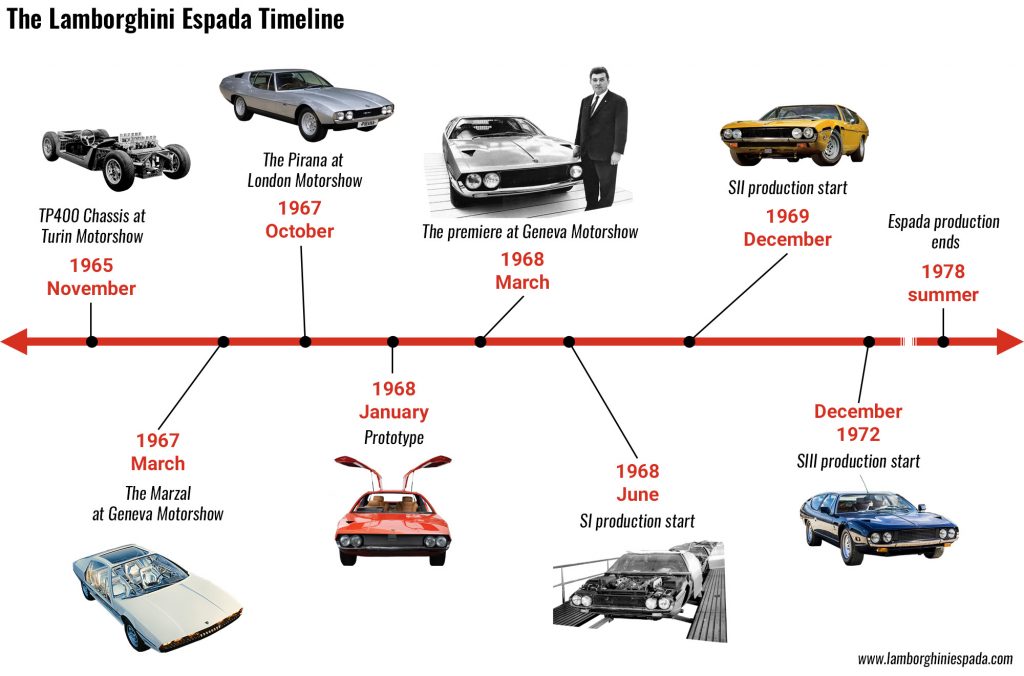 Source: https://www.lamborghiniespada.com/the-history-of-the-espada/
Source: https://www.lamborghiniespada.com/the-history-of-the-espada/"The only Lamborghini you could take the kids on vacation in"
Sports Car Digest
Lamborghini Espada Variants
The Lamborghini Espada was a grand touring coupe made between 1968 and 1978. Designed by Marcello Gandini, the Espada was Lamborghini's most successful model at the time. A total of 1,217 were manufactured throughout its production run. The Espada's lifespan was marked by three distinct series (Series I, Series II, Series III), each with their own respective interior design, but all largely maintaining the original Gandini exterior design.
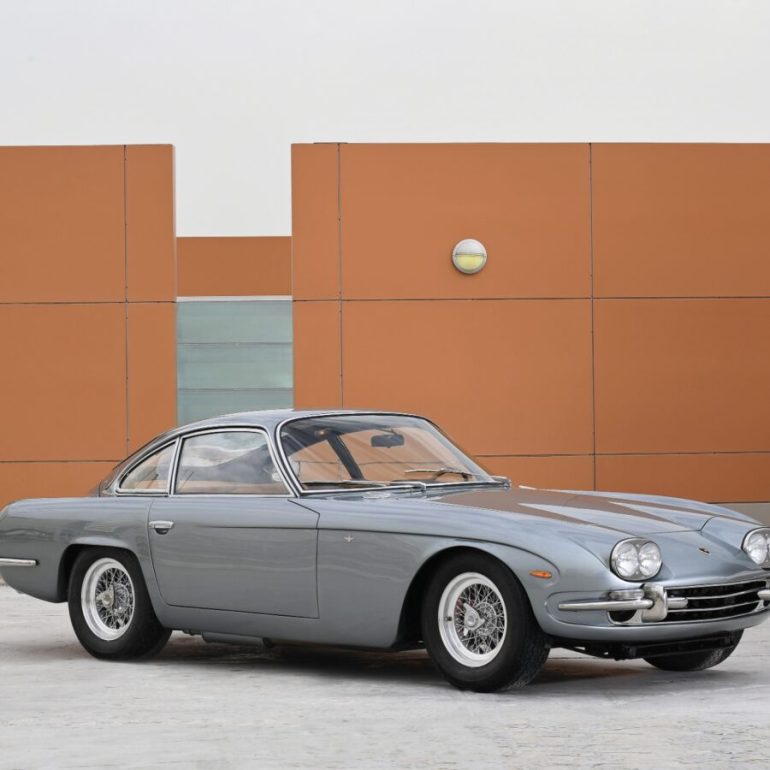
Lamborghini Espada (Series 1)
Years: 1968 – 1970
Engine: 3.9L Nat Aspirated V12
Power: 330 hp
Beautiful design, luxurious interior, large size and powerful V12, the Espada was the embodiment of the Italian GT. Wheels were Campagnolo alloys on knock-off hubs. 186 were made before 1970.
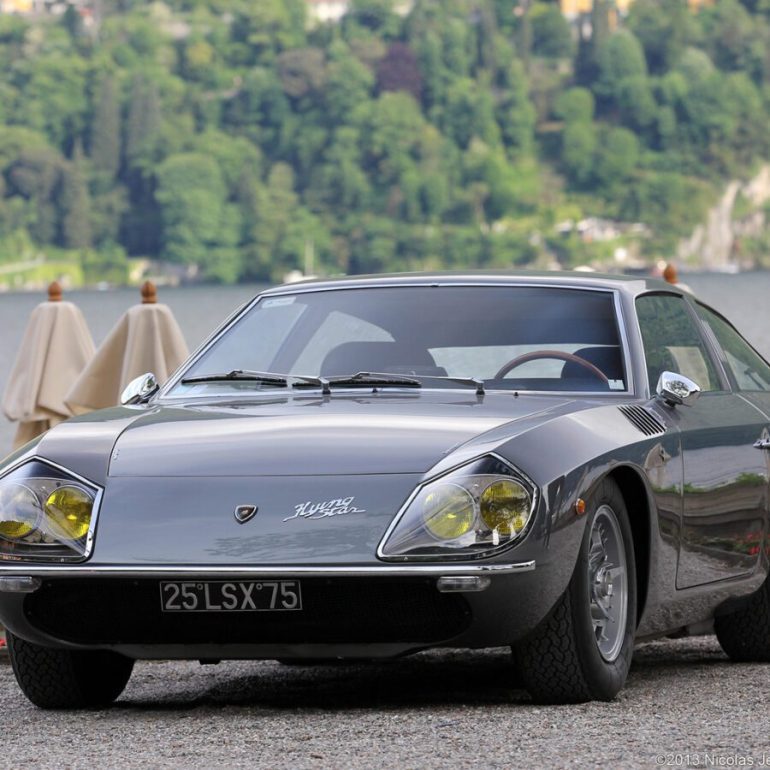
Lamborghini Espada (Series II)
Years: 1970 – 1972
Engine: 3.9L Nat Aspirated V12
Power: 345 hp
Outside the only change was the deletion of the grille covering the vertical glass tail panel. Inside changes were substantial: all-new dash, center console and steering wheel. Engine was also tweaked.
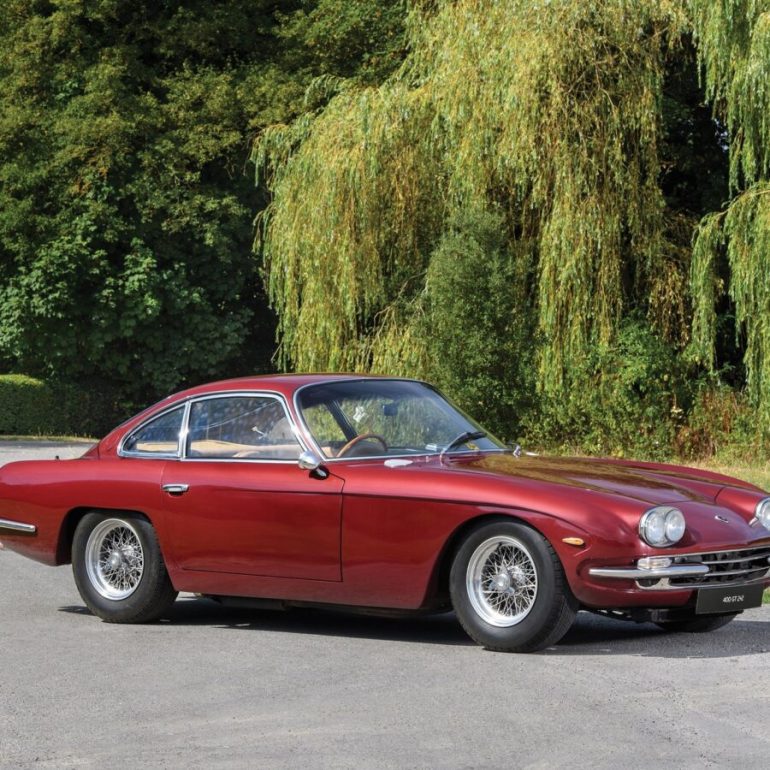
Lamborghini Espada (Series III)
Years: 1972 – 1978
Engine: 3.9 L Nat Aspirated V12
Power: 321 hp
With the second redesign the dashboard changed again. The wheels were updated and were fitted with new rubber. Exterior changes included the square mesh grille and tail lights from an Alfa.
"Polarizing...ahead of its time...love it or hate it, there is no doubt the Espada design is iconic. "
Car Magazine


